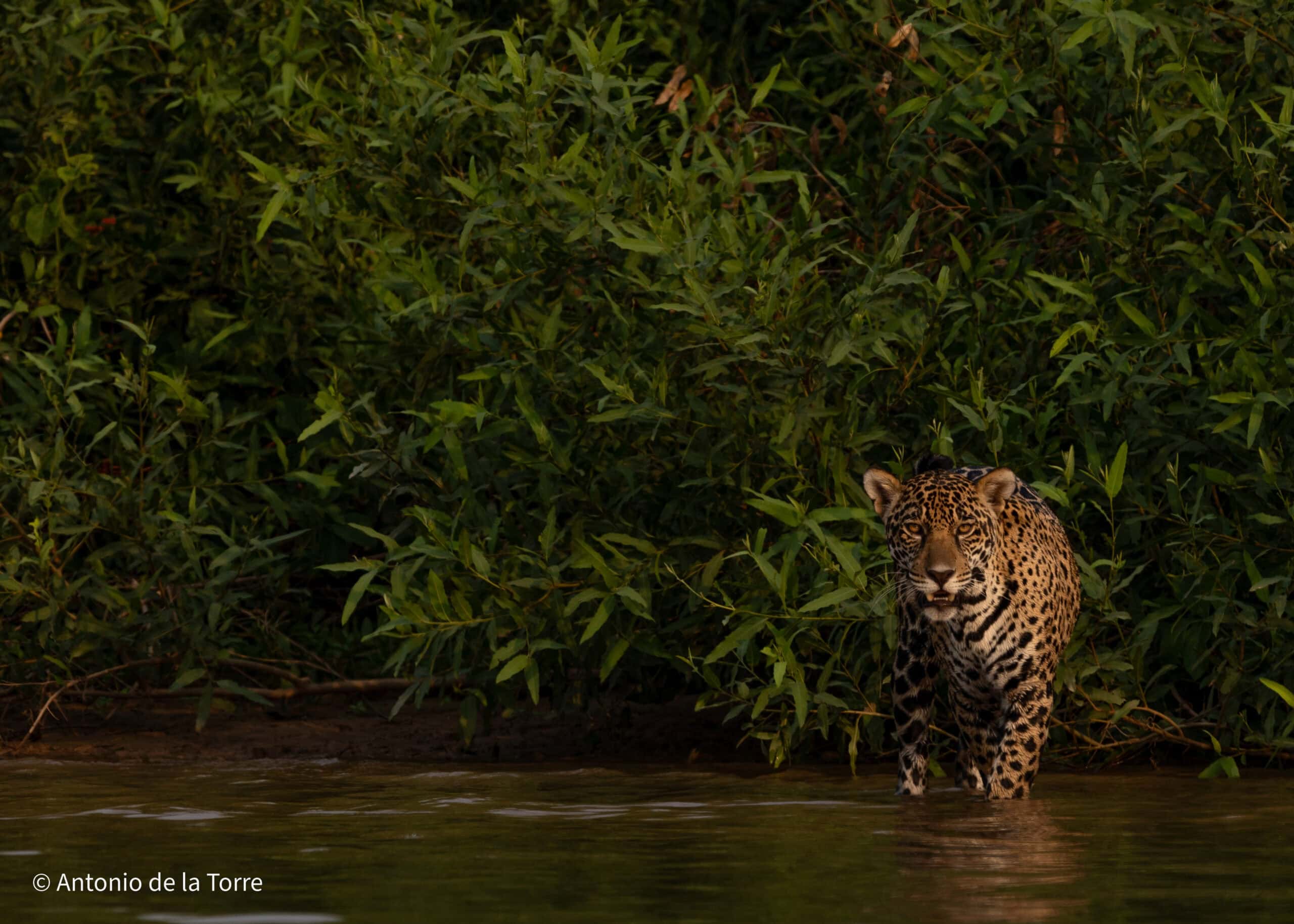Share this article
Eavesdropping on Tiger Roars Can Improve Conservation
Researchers have long been able to recognize a tiger by its stripes, but new techniques in sound recording may mean the stripes are no longer necessary — it could be all in the roar.
“We’re trying to find a more efficient way to survey tigers in their natural habitat,” said Emily Ferlemann, director of communications for the Prusten Project and president of the Kansas State University student chapter of The Wildlife Society. “The hope with this is that with one recorder you could cover an entire forest.”
Bengal tigers (Panthera tigris tigris) are enormous but spread thinly across the landscape even when populations are doing well. Plus, the animals specialize in stealth and secrecy — making population tracking difficult for biologists.
“The current methods of monitoring just by walking through the forests or using camera traps are not as efficient as one would hope,” Ferlemann said. “With dense forests it’s hard to get an accurate picture with a camera trap.”
But tiger roars are unique to each individual. The Prusten Project was set up to determine whether conservationists could use these sounds for remote monitoring, and eventually to help in the overall conservation of the species.
Ferlemann said that the researchers have been using recorders to capture tiger roars and other vocalizations in a number of zoos. They then take these sounds and analyze them in Raven Pro — an acoustic sound program created by the Cornell Lab of Ornithology for acoustic analysis.
“Basically it lets you see the whole spectrogram,” Ferlemann said, adding that this spectrogram leaves an acoustic fingerprint distinct for each individual. “They look kind of like tiger stripes.”

A spectrogram from Raven Pro showing a full sound make by a female tiger. Image Credit: The Prusten Project
But that isn’t all — researchers can also recognize patterns between different tiger sounds that indicate whether a given animal is male or female, or even how old the animal may be.
“The hope is to have a more accurate way to sense this. It would give us a more accurate idea of what their range is.”
Their initial study only tracked captive Bengals in zoos in U.S. and Canada — eight females and nine males in total — but they continue to record tiger vocalizations in zoos. But Ferlemann said they are onto their next step, working with the Bukitbarisan Sumatran Tiger Rangers in Indonesia to put out recorders as well.
“Until we have it in an actual forest and try recording it we’re not going to have an answer for how good it actually works,” she said of the recording device and technique.
But she’s optimistic about what it could mean for determining tiger ranges in the future, and how this could lead to better conservation of the species. She also says it could eventually be expanded to species beyond tigers or other big cats.
“This has kind of all taken off quickly,” she said. “We hope to branch out to other species.”

Tiger roars can be unique to an individual, as exemplified by this “barking” tiger from the Tulsa Zoo in Oklahoma. Credit: The Prusten Project

In contrast, here’s the sound of a female Bengal at Big Cat Rescue near Tampa Bay, Fla.
Header Image: Image Credit: SergeCouture, licensed by cc 2.0









